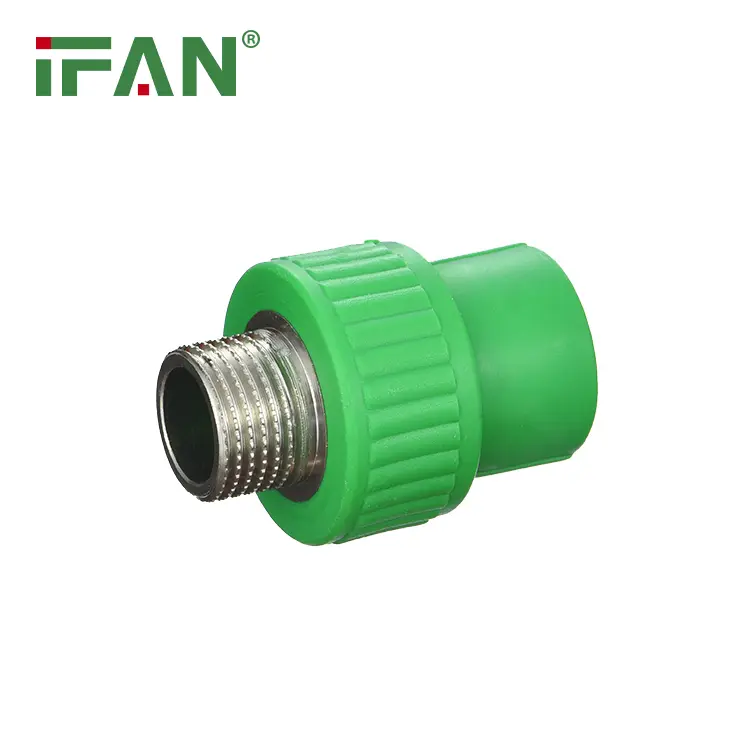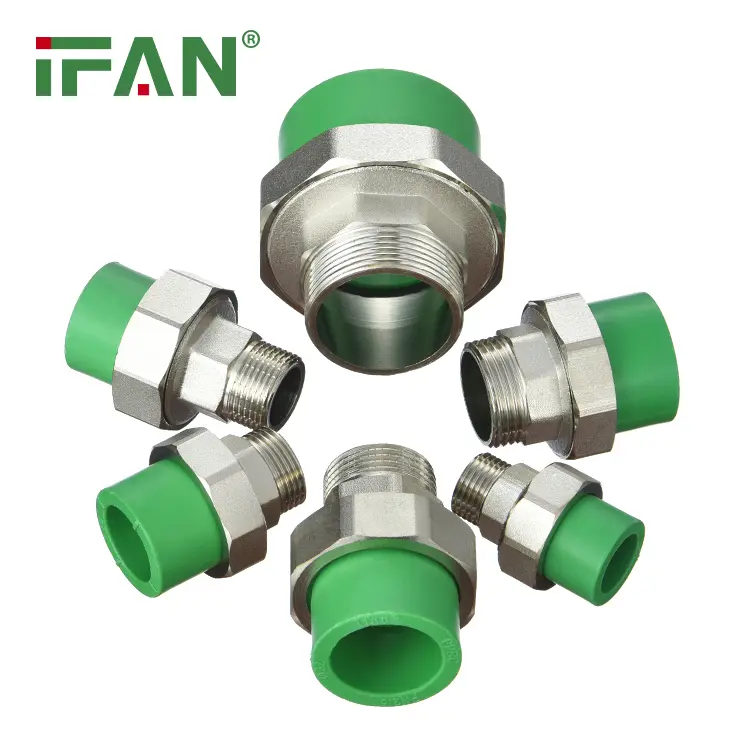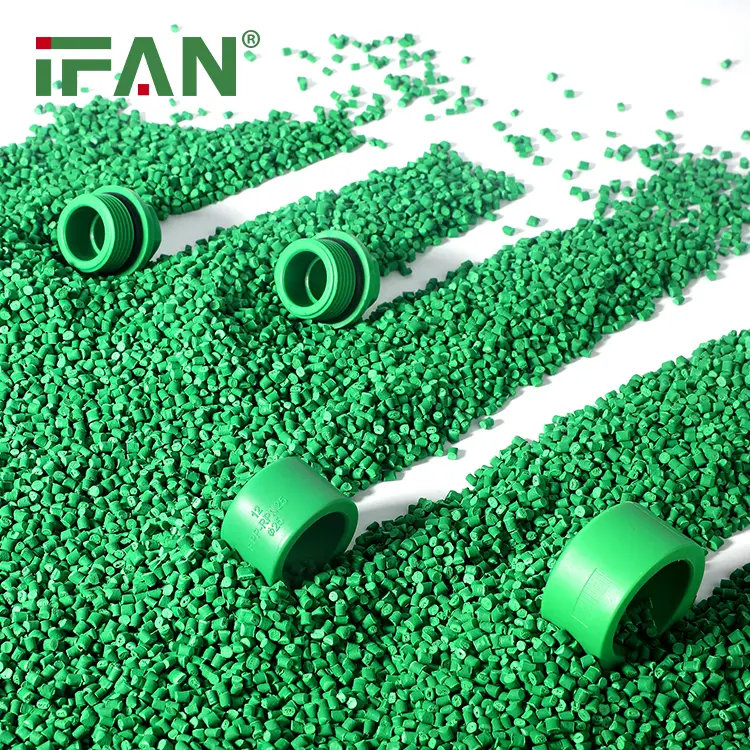1.Introduction to PPR Quick Connector Fitting
PPR (Polypropylene Random) quick connector fitting revolutionizes plumbing projects, offering a hassle-free solution for joining pipes. This innovative fitting ensures efficient water distribution systems with its leak-proof design and ease of installation.
2.Understanding the Components
A comprehensive understanding of the components is essential for successful installation. The PPR quick connector fitting consists of several crucial parts, including the connector body, O-rings, locking nut, and insert. Each component plays a pivotal role in achieving a secure and durable connection.
3.Preparing the Pipe
Before installation, meticulous preparation of the pipe is paramount. Begin by cutting the pipe squarely using a suitable cutting tool. Remove any burrs or rough edges that could compromise the integrity of the connection. Additionally, chamfer the pipe end to facilitate smoother insertion into the fitting. It is imperative to ensure that the pipe is clean and free from any debris or contaminants to guarantee optimal connection performance.
4.Inserting the Pipe
Once the pipe is adequately prepared, carefully insert it into the PPR quick connector fitting until it reaches the designated stop point. It is crucial to verify that the pipe is inserted to the correct depth to ensure a secure and reliable connection. Proper insertion ensures maximum contact between the pipe and the fitting, minimizing the risk of leaks or failures.
5.Applying the O-Ring
The O-ring plays a critical role in creating a watertight seal between the pipe and the fitting. Position the O-ring securely over the end of the pipe, ensuring that it sits flush against the fitting body. The O-ring provides an additional layer of protection against leaks, enhancing the overall performance and reliability of the connection.
6.Securing with the Locking Nut
To secure the connection, tighten the locking nut by hand until you feel initial resistance. Use an appropriate wrench to achieve the final tightening, ensuring that the connection is firmly secured. Proper tightening of the locking nut is essential to prevent any potential loosening or dislodgment of the pipe, which could lead to leaks or system failure.
7.Testing for Leakage
After installation, it is imperative to test the connection for any signs of leakage. Turn on the water supply and carefully inspect the fitting for any water droplets or moisture accumulation, indicating a potential leak. If leaks are detected, it is essential to recheck the installation steps and tighten the connections as necessary until a watertight seal is achieved.
Conclusion
In conclusion, the installation of PPR quick connector fitting is a straightforward process when following these comprehensive guidelines. By understanding the components, preparing the pipe meticulously, and ensuring proper insertion and sealing, you can achieve a leak-proof and reliable plumbing system. With its innovative design and ease of installation, PPR quick connector fitting offers unparalleled convenience and efficiency for various plumbing applications.
If you have read this article and have any questions, please feel free to contact IFAN. Below is our contact information:
Whatsapp:+86 13373827623
Email:[email protected]




















































